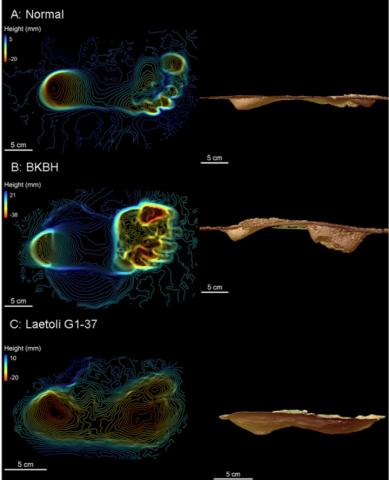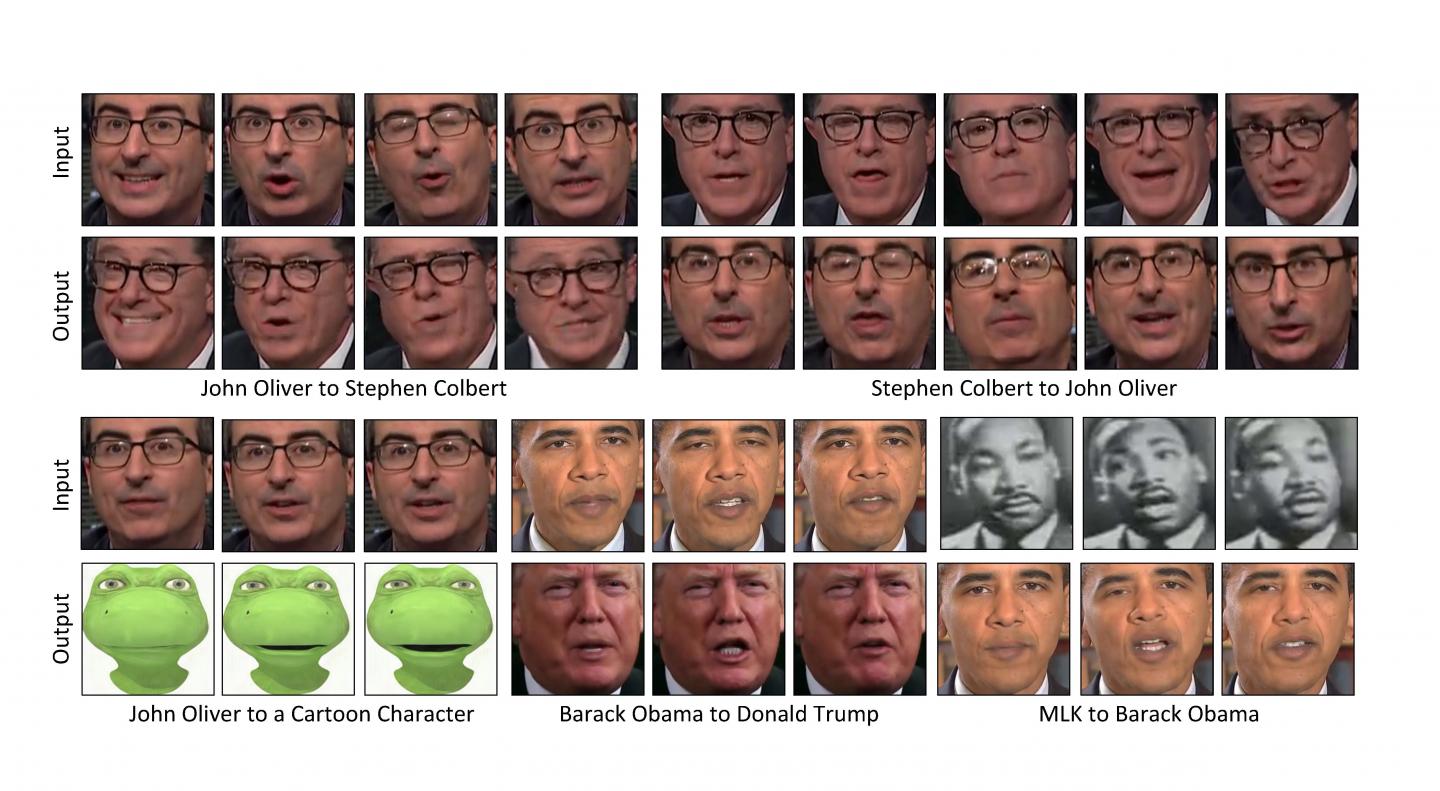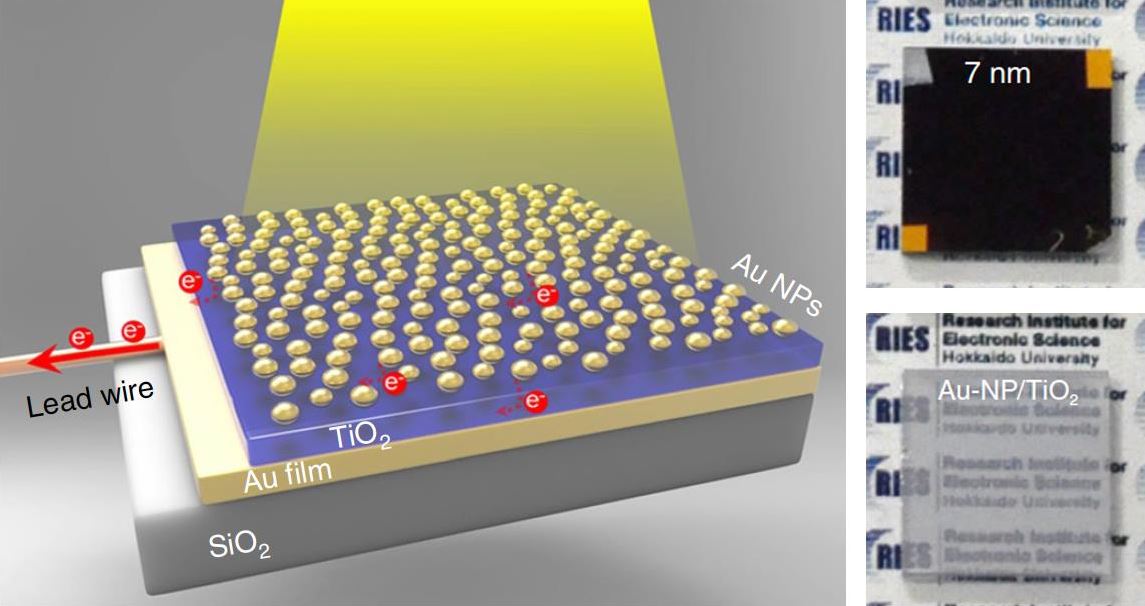The transition from ape-like shuffling to upright walking (bipedalism) as we do has long fascinated scientists. Why did it happen? When?
The second question is a little closer to being solved. An analysis of 3.6 million year old hominin footprints in Tanzania suggests our ancestors evolved the hallmark trait of extended leg, human-like bipedalism substantially earlier than previously thought. Many millions of years before humans. Like the chicken and the egg, there is a clear science answer about which came first even if philosophers are baffled.
Researchers at Carnege-Mellon University have found a way to use Artificial Intelligence (AI) schemes to transfer content from one video to the style of another. So they can make a daffodil bloom like the way a hibiscus bloom does or make clouds that are crossing the sky rapidly on a windy day be slowed to give the appearance of calmer weather during movie shoots.
There is a vicious cycle of vanity on social media,
according to new results. College-age women who viewed positive feedback on Instagram selfies then experienced greater body dissatisfaction - because they put more focus on appearance and in the end fueled body dissatisfaction among viewers.
A new photoelectrode can harvest 85 percent of visible light in a 30 nanometers-thin semiconductor layer between gold layers, converting light energy 11 times more efficiently than previous methods, another step on the road to turning solar power from an expensive subsidized sideshow into the default energy of the future.
The famous paradox 'which came first, the chicken or the egg?' was created by philosophers to discuss cause and effect. Since chickens lay eggs, and eggs produce chickens...you get the idea.
A new paper declares that whole grains can help prevent type 2 diabetes but a quick glance at the methodology will show you why you need to be skeptical. It doesn't matter if it’s rye, oats, wheat, wheatberries, bulgur, or couscous, any whole grain will do. Which is like declaring that any pasta can reduce type 2 diabetes, which will also be true - if in either case the calories are reduced.
Type 2 diabetes, which unlike Type 1 does not involve an inability to produce insulin but rather involves insulin production being overworked, is overwhelmingly related to obesity. That is why unlike Type 1 it is more of an adult disease. To prevent it requires more than using a type of food, it involves consuming less of all foods.
 What Next For Messenger RNA (mRNA)? Maybe Inhalable Vaccines
What Next For Messenger RNA (mRNA)? Maybe Inhalable Vaccines Toward A Single Dose Smallpox And Mpox Vaccine With No Side Effects
Toward A Single Dose Smallpox And Mpox Vaccine With No Side Effects ChatGPT Is Cheaper In Medicine And Does Better Diagnoses Even Than Doctors Using ChatGPT
ChatGPT Is Cheaper In Medicine And Does Better Diagnoses Even Than Doctors Using ChatGPT Even After Getting Cancer, Quitting Cigarettes Leads To Greater Longevity
Even After Getting Cancer, Quitting Cigarettes Leads To Greater Longevity








